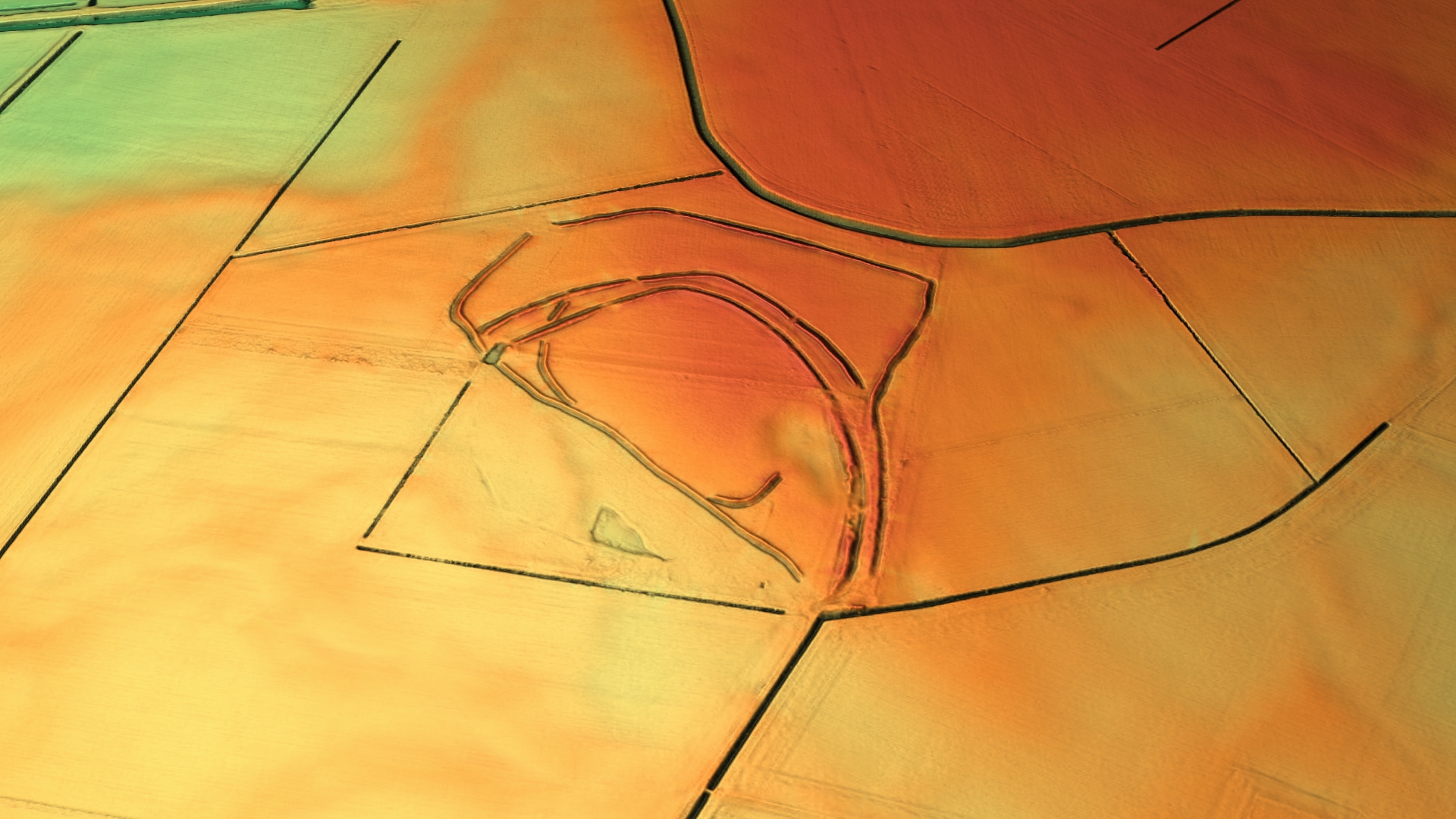Stonea Camp on:
[Wikipedia]
[Google]
[Amazon]
 Stonea Camp is an
Stonea Camp is an
, Cambridgeshire County Council, accessed 20 September 2013 The building was possibly constructed to suppress further tribal rebellion or settlement at this site.

21 images of the site
{{coord, 52.5165, N, 0.1324, E, region:GB_type:landmark, display=title Hill forts in Cambridgeshire Scheduled monuments in Cambridgeshire
 Stonea Camp is an
Stonea Camp is an Iron Age
The Iron Age () is the final epoch of the three historical Metal Ages, after the Chalcolithic and Bronze Age. It has also been considered as the final age of the three-age division starting with prehistory (before recorded history) and progre ...
multivallate hill fort
A hillfort is a type of fortification, fortified refuge or defended settlement located to exploit a rise in elevation for defensive advantage. They are typical of the late Bronze Age Europe, European Bronze Age and Iron Age Europe, Iron Age. So ...
located at Stonea near March
March is the third month of the year in both the Julian and Gregorian calendars. Its length is 31 days. In the Northern Hemisphere, the meteorological beginning of spring occurs on the first day of March. The March equinox on the 20 or 2 ...
in the Cambridgeshire
Cambridgeshire (abbreviated Cambs.) is a Ceremonial counties of England, ceremonial county in the East of England and East Anglia. It is bordered by Lincolnshire to the north, Norfolk to the north-east, Suffolk to the east, Essex and Hertfor ...
Fens. Situated on a gravel bank just above sea-level, it is the lowest hill fort
A hillfort is a type of fortification, fortified refuge or defended settlement located to exploit a rise in elevation for defensive advantage. They are typical of the late Bronze Age Europe, European Bronze Age and Iron Age Europe, Iron Age. So ...
in Britain. Around 500 BC, when fortification is thought to have begun at this site, this "hill" would have provided a significant area of habitable land amidst the flooded marshes of the fens. The site exhibits at least two phases of development over several hundred years of settlement, with a D-shaped set of earth banks surrounded by a larger, more formal set of banks and ditches.
Roman control
The fort is a possible site of the battle of 47 AD mentioned byTacitus
Publius Cornelius Tacitus, known simply as Tacitus ( , ; – ), was a Roman historian and politician. Tacitus is widely regarded as one of the greatest Roman historians by modern scholars.
Tacitus’ two major historical works, ''Annals'' ( ...
, between the Iceni tribe and a Roman auxiliary force under governor Ostorius Scapula. It has also been speculated that the remains relate to the campaign to subdue the Iceni after the Boudiccan Revolt. Human remains have been found around the site including sword-marked adult bones and the cleaved skull of a child, indicating that the inhabitants were trapped and attacked within the settlement.
The remains of a multi-storey Roman tower have also been excavated within sight to the north of the Stonea Camp fortifications.Stonea Camp, Cambridgeshire County Council, accessed 20 September 2013 The building was possibly constructed to suppress further tribal rebellion or settlement at this site.
Excavation and restoration
Excavation work was carried out in 1980 by theBritish Museum
The British Museum is a Museum, public museum dedicated to human history, art and culture located in the Bloomsbury area of London. Its permanent collection of eight million works is the largest in the world. It documents the story of human cu ...
, and restoration work followed in 1991 to recover the outer bank system and ditches which have been worn away by agriculture. The Cambridgeshire County Council Archaeology department has continued to carry out restoration work at the site. To prevent further damage by agriculture, the area is now designated as a pocket park
A pocket park (also known as a parkette, mini-park, vest-pocket park or vesty park) is a small park accessible to the general public. While the locations, elements, and uses of pocket parks vary considerably, the common defining characteristic of ...
and scheduled ancient monument.

See also
* List of hillforts in EnglandReferences
External links
21 images of the site
{{coord, 52.5165, N, 0.1324, E, region:GB_type:landmark, display=title Hill forts in Cambridgeshire Scheduled monuments in Cambridgeshire